These Things Actually Have A Purpose
Little known facts and purposes for things you thought were useless.
- List View
- Player View
- Grid View
Advertisement
-
1.
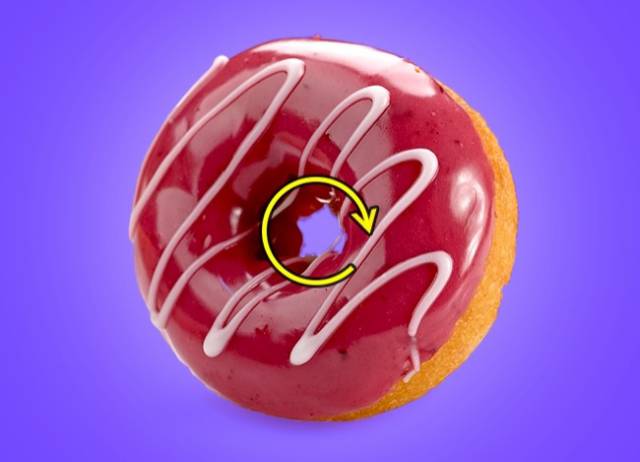 Donut hole - This snack so frequently consumed in modern cities is, in fact, hundreds of years old. Today confectioners can make delicious pastries of any shape and size. But in the past, it used to be difficult to get the edges and the middle of a pie equally baked. That is why bakers came up with this shape that didn’t cause any problems.
Donut hole - This snack so frequently consumed in modern cities is, in fact, hundreds of years old. Today confectioners can make delicious pastries of any shape and size. But in the past, it used to be difficult to get the edges and the middle of a pie equally baked. That is why bakers came up with this shape that didn’t cause any problems. -
2.
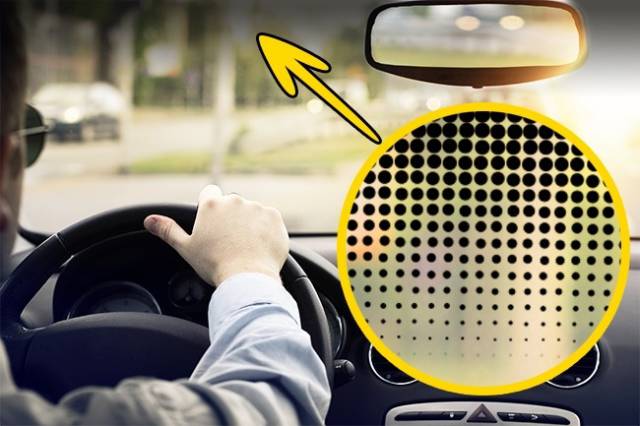 The frit band and dots - The frit is a black band running along the edges of a windshield. It is essentially a baked-in ceramic paint and has several functions. Firstly, it protects the urethane sealant that holds the glass in place from ultraviolet rays. Secondly, it conceals the dirt that gathers along the edges of the glass. As for the dots, they provide a visually pleasing transition from the black frit band to the transparent glass. They also create a more even temperature distribution during the manufacturing of windshields.
The frit band and dots - The frit is a black band running along the edges of a windshield. It is essentially a baked-in ceramic paint and has several functions. Firstly, it protects the urethane sealant that holds the glass in place from ultraviolet rays. Secondly, it conceals the dirt that gathers along the edges of the glass. As for the dots, they provide a visually pleasing transition from the black frit band to the transparent glass. They also create a more even temperature distribution during the manufacturing of windshields. -
3.
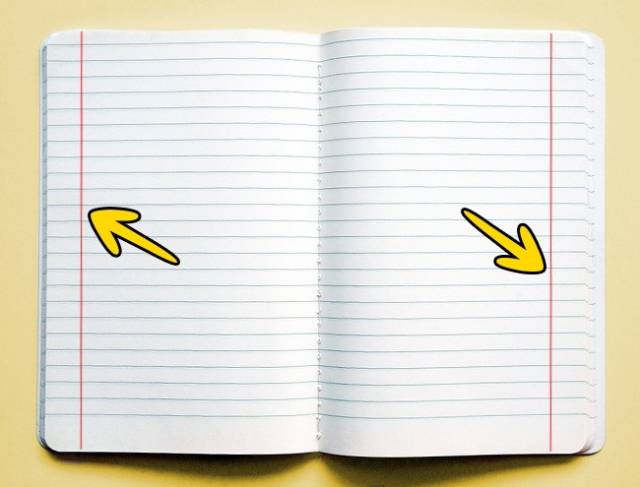 Notebook margins - Originally, margins were not made to provide space for teachers’ outraged notes. The truth is that books in the past often fell victim to mice and rats who liked to gnaw on paper. In order not to let the rodents eat parts of information along with the paper, people started to leave empty spaces at the edges, where damage was most likely to occur.
Notebook margins - Originally, margins were not made to provide space for teachers’ outraged notes. The truth is that books in the past often fell victim to mice and rats who liked to gnaw on paper. In order not to let the rodents eat parts of information along with the paper, people started to leave empty spaces at the edges, where damage was most likely to occur. -
4.
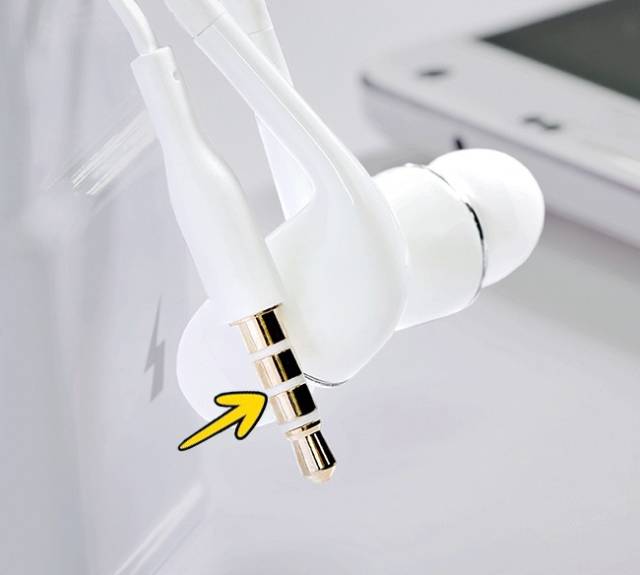 Stripes on headphone jacks - You surely have noticed that all headphone jacks have 2 or 3 stripes on them. They aren’t made just for decoration: there are wires going to both headphones from every stripe, and if they weren’t there, you would only hear sound coming from one of the headphones.
Stripes on headphone jacks - You surely have noticed that all headphone jacks have 2 or 3 stripes on them. They aren’t made just for decoration: there are wires going to both headphones from every stripe, and if they weren’t there, you would only hear sound coming from one of the headphones. -
5.
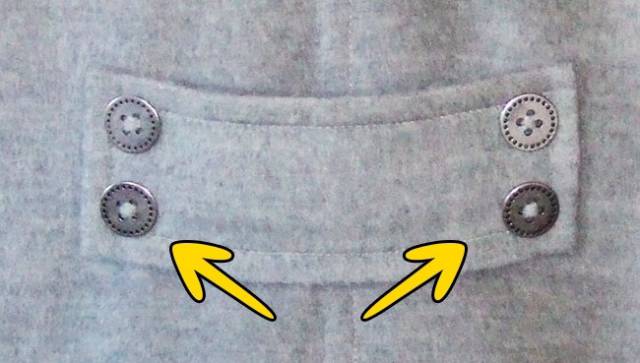 Half belts - This small piece of cloth or leather can be seen on the backs of many coats and jackets. Half belts first appeared on military greatcoats centuries ago. At that time, greatcoats were immensely wide and had to be tailored with pieces of cloth. At night, half belts could be unstrapped and the greatcoat could be used as a blanket. Times have changed, but half belts still remain.
Half belts - This small piece of cloth or leather can be seen on the backs of many coats and jackets. Half belts first appeared on military greatcoats centuries ago. At that time, greatcoats were immensely wide and had to be tailored with pieces of cloth. At night, half belts could be unstrapped and the greatcoat could be used as a blanket. Times have changed, but half belts still remain. -
6.
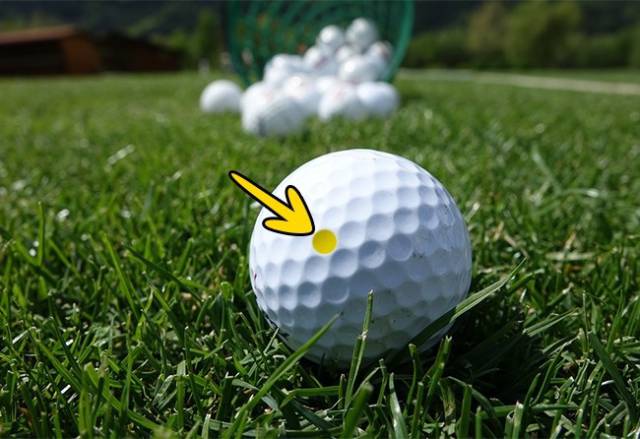 Dimples on golf balls - The first golf balls were absolutely smooth. With time, however, golf players realized by trial and error that the balls with the best properties were old, scuffed, and cracked ones. So they kept using the same old balls for years. Manufacturers noticed this tendency and started producing artificially aged dimpled balls.
Dimples on golf balls - The first golf balls were absolutely smooth. With time, however, golf players realized by trial and error that the balls with the best properties were old, scuffed, and cracked ones. So they kept using the same old balls for years. Manufacturers noticed this tendency and started producing artificially aged dimpled balls. -
7.
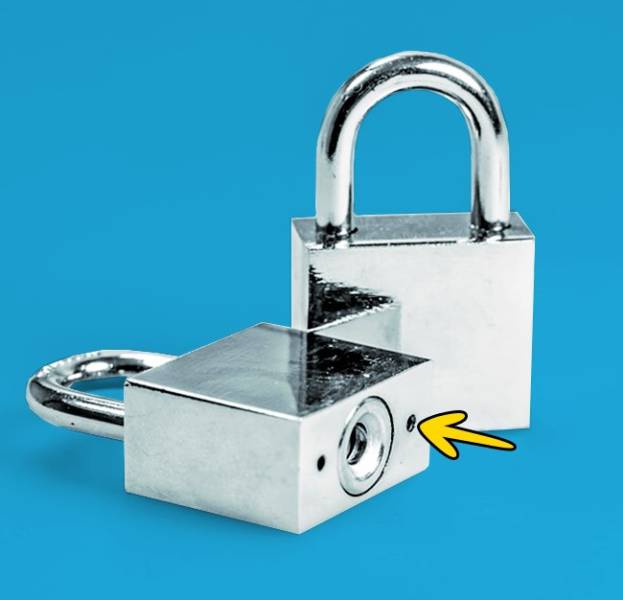 Holes in padlocks - Padlocks are often used to lock doors and gates outside, so they quickly get out of order because of rain. When that happens, some simply buy a new lock. Few people know the purpose of the small hole in the bottom: it is made for pouring engine oil inside. After this simple procedure, the key will again turn in the lock without any difficulty.
Holes in padlocks - Padlocks are often used to lock doors and gates outside, so they quickly get out of order because of rain. When that happens, some simply buy a new lock. Few people know the purpose of the small hole in the bottom: it is made for pouring engine oil inside. After this simple procedure, the key will again turn in the lock without any difficulty. -
8.
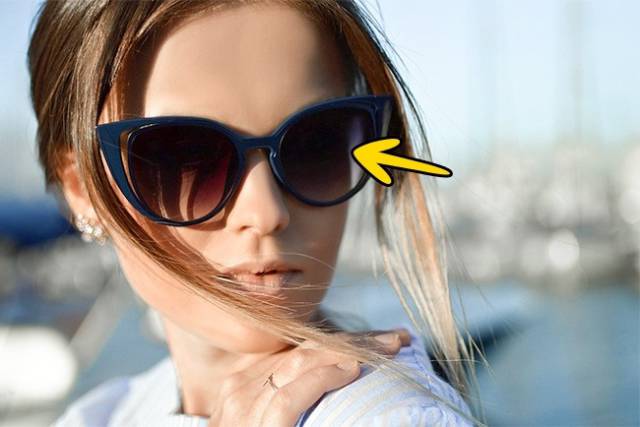 Sunglasses - It would seem that this object has only one purpose, suggested by its very name. However, it’s not as simple as that. Dark glasses were invented by Arctic peoples as a means of protecting their eyes from dazzling snow. They became particularly widespread among the judges in 12th-century China who wore them to hide their real emotions from witnesses.
Sunglasses - It would seem that this object has only one purpose, suggested by its very name. However, it’s not as simple as that. Dark glasses were invented by Arctic peoples as a means of protecting their eyes from dazzling snow. They became particularly widespread among the judges in 12th-century China who wore them to hide their real emotions from witnesses. -
9.
 Ridged edges of coins - Grooves on the edges of coins appeared in the early 16th century. At that time, people would often cut off small amounts of precious metal from coins to sell, and then they’d pass on the damaged coins at full value. To counter this practice, a special process known as reeding was introduced. It consisted of carving a series of grooves on the edges of coins so that it would be easy to see if a coin had been tampered with. Hardly anyone clips coins nowadays, but reeding remains a long-standing tradition.
Ridged edges of coins - Grooves on the edges of coins appeared in the early 16th century. At that time, people would often cut off small amounts of precious metal from coins to sell, and then they’d pass on the damaged coins at full value. To counter this practice, a special process known as reeding was introduced. It consisted of carving a series of grooves on the edges of coins so that it would be easy to see if a coin had been tampered with. Hardly anyone clips coins nowadays, but reeding remains a long-standing tradition.
- NEXT GALLERY
-

- The Spoiled Life Of Mexican Drug Cartel Children
Donut hole - This snack so frequently consumed in modern cities is, in fact, hundreds of years old. Today confectioners can make delicious pastries of any shape and size. But in the past, it used to be difficult to get the edges and the middle of a pie equally baked. That is why bakers came up with this shape that didn’t cause any problems.
9/9
1/9
Categories:
Wow


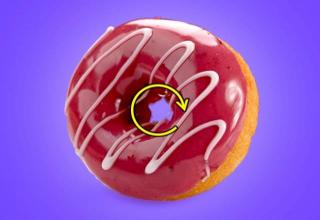



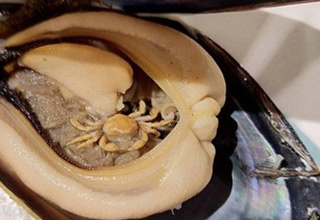
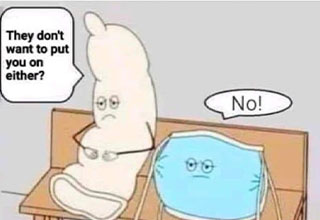
0 Comments